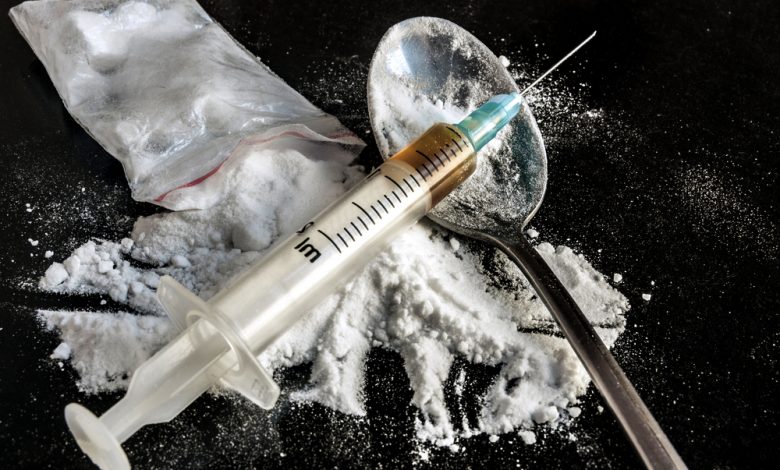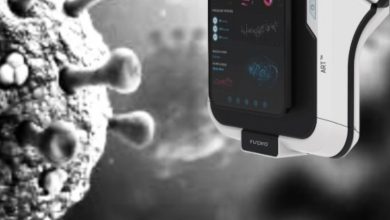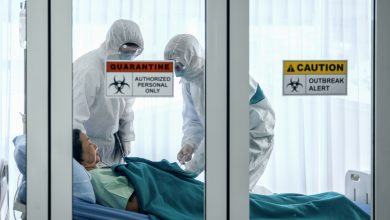
With addiction and overdose rates skyrocketing in 2020 due, in part, to the COVID-19 pandemic and the associated lockdowns, many are now sounding the alarm. According to an American Medical Association report dated 7/20/2020, “More than 35 states have reported increases in opioid-related mortality as well as ongoing concerns for those with a mental illness or substance use disorder in counties and other areas within the state.”
Heavy drug and alcohol use is one of the leading contributing factors of death in young adults and adolescents. The real tragedy of these untimely deaths and lives destroyed is that they are completely preventable. Researchers at Baldwin Research Institute have found through more than 31 years of research and experience helping thousands to overcome their addictions that the current thinking on addiction, and the treatment provided for it, is, in fact, fueling the addiction crisis in our country.
Consider this startling fact: addiction is the only health crisis with an inverted trend line -- meaning the more money that is invested in treatment, the worse the problem is getting.
During the 1970’s and 80’s, 12 step programs and treatment based on it had become the popular and enlightened approach to substance use problems. During the 1980’s the crack and cocaine scare was in full effect, which led to massive public funds being spent to increase treatment for addiction. By the 90’s a culture of treatment had taken hold, and annual spending on addiction and alcoholism treatment reached 9 billion dollars.
Today, Americans spend more than 36 billion dollars (both publicly and privately) annually on the treatment of addiction. Adjusted for inflation, the U.S. is now on track to spend more than twice as much on treatment in 2020 than we did in 1990. This raises an obvious question: is all this spending helping to curb addiction? Is it saving lives? The answer is, no, it isn’t. As a matter of fact, according to the data, the problem is getting worse.
People are Dying from Misinformation
Over the past 20 years, overdose deaths have more than tripled and in 2020 that number is on track to rise yet again, sharply.

In research, you can’t deny such a stark correlation. The greater the addiction awareness and the more money being spent on addiction treatment directly correlates to more people dead from drug use. If a treatment for cancer resulted in more people dying at younger ages from cancer, would we double down on the treatment claiming those people dying were the problem and not the treatment? Of course not. But that’s exactly what is done in addiction treatment. When treatment fails, the substance user is blamed, not the treatment. And addiction treatment fails more than 80% of the time.
Exploring a Different Approach
The first major epidemiological study of addiction was carried out from 1980-84, and showed that a majority of people who’d ever been addicted were currently recovered, even though only a small minority had ever received treatment. This shocked the researchers, yet the numbers showed unequivocally that treatment was unnecessary.
One of the largest studies to date completed in 2001/02 (NESARC) corroborated the first study; it found that just 15% of people who’d ever had an addiction received treatment at some point in their lives (14% of alcoholics; 16.2% of drug addicts). Again, the rest had stopped their addictions on their own, and well over 90% would eventually stop their addictions based on increasing abstinence rates as a function of age. This proved that people can and do move past their substance use habits on their own.
What is most shocking in the data is that the treated groups did not fare as well as the much larger untreated group. Data revealed that the treated groups struggled longer, experienced more setbacks, had higher rates of dangerous binge usage, and overdose after they were treated than those who never went to treatment.
Instead of looking at the numbers objectively, and then studying the self-changers to figure out how they were able to solve their addictions, government researchers threw in the towel. In the late 90s, the conclusion made by the National Institute on Drug Abuse was that addiction must be incurable and thus require lifelong treatment.
Here’s the truth: substance use is always a choice. And this point is crucial to understand if you’re ever going to get over the problem. There is extensive research that has discredited the loss of control theory of addiction over and over again, yet the primary method of addiction treatment is still based on it. The goal of treatment is to try to scare people into choosing not to use substances by forcing them to accept that they don’t have the power to choose. Most people, even those who have been to treatment repeatedly, have never stopped to think about this blatant contradiction. How are people supposed to choose to stop if they are actually out of control? The reality is, the vast majority of people who once fit the criteria for Substance Use Disorder and/or Alcohol or Drug Dependence got over their problem. (Heyman, 2013) And furthermore, 50% of those who once fit the criteria for having Alcohol Use Disorder (aka alcoholism) did so through reducing their alcohol consumption to non-problematic (aka moderate) levels.
The most effective way to help people to make a change is to first show them they have that inherent ability to change, and that they have always been in complete control. Then you must help them to figure out what they like about the substance and the level at which they are using it. Then they will be able to examine whether or not they are actually getting from that substance what they think they’re getting or want to get from it. In most cases they learn that the substance isn’t really doing for them what they want it to do; and at that point it becomes easy to make a lasting behavior change and move on in life completely free of their obsession with that substance.
If you or someone you love are ready to break free from the addiction and recovery cycle, and you are seeking a non-12 step program, call us at 888-424-2626. For more information about The Freedom Model Program go to TheFreedomModel.org





Leave a Reply
Thank you for your response.
Please verify that you are not a robot.